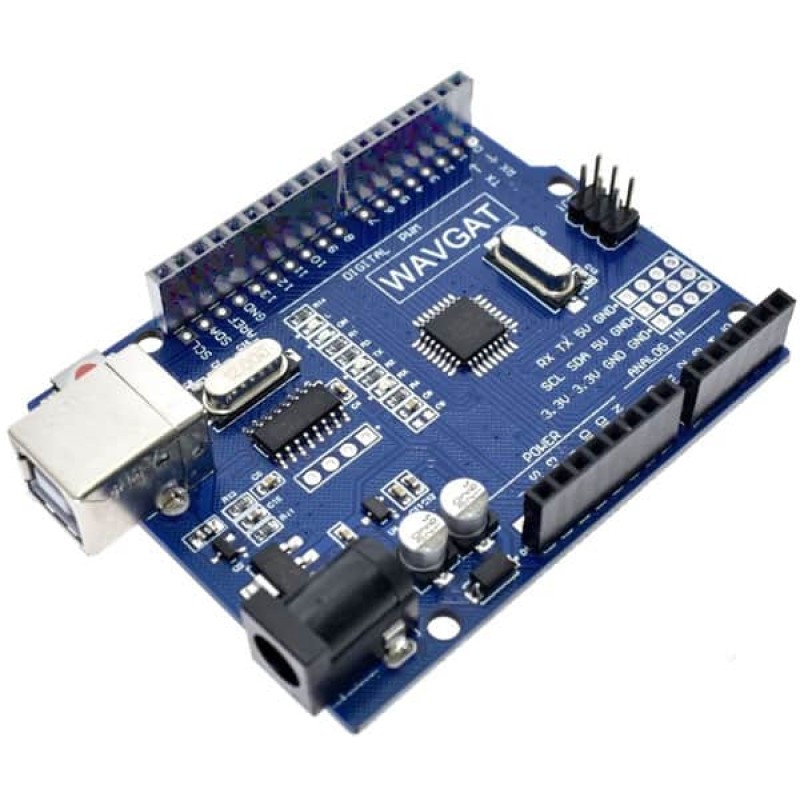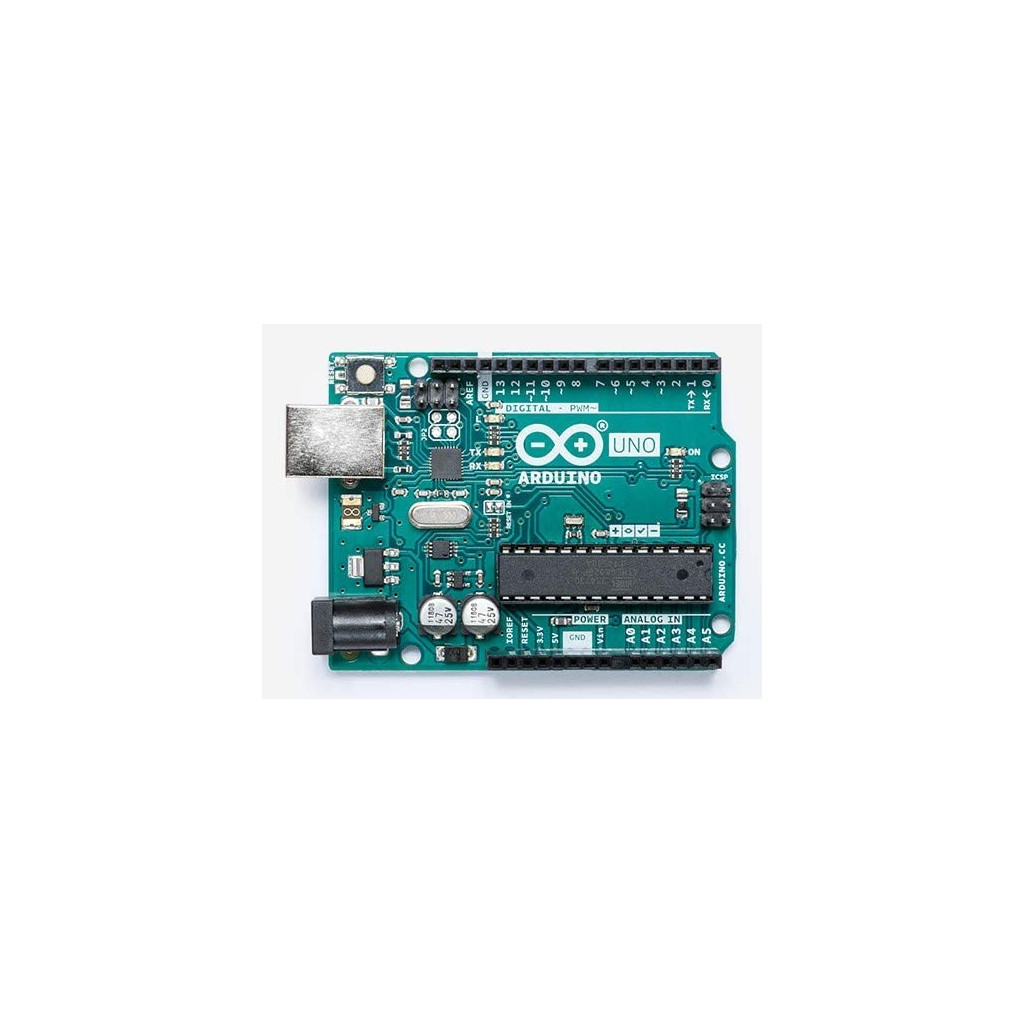

Along with ATmega328P, it consists other components such as crystal oscillator, serial communication, voltage regulator, etc.

Note: Complete technical information can be found in the Arduino UNO Datasheet, linked at the bottom of this page.Īrduino Nano, Arduino Pro Mini, Arduino Mega, Arduino Due, Arduino MKR1000 Wi-Fi Board, Arduino LeonardoĪrduino Uno is a microcontroller board based on 8-bit ATmega328P microcontroller. To provide reference voltage for input voltage.ĪTmega328P – 8 bit AVR family microcontroller Used to receive and transmit TTL serial data.ġ0 (SS), 11 (MOSI), 12 (MISO) and 13 (SCK) Used to provide analog input in the range of 0-5V Vin: Input voltage to Arduino when using an external power source.ĥV: Regulated power supply used to power microcontroller and other components on the board.ģ.3V: 3.3V supply generated by on-board voltage regulator.

Along with ATmega328P MCU IC, it consists other components such as crystal oscillator, serial communication, voltage regulator, etc. Ready to scale your Arduino Uno design? Get the ATmega328P here!ĭigital I/O Pins: 14 (of which 6 provide PWM output)įlash Memory: 32 KB (ATmega328) of which 0.Arduino Uno is a popular microcontroller development board based on 8-bit ATmega328P microcontroller. Performance between the boards are the same. The SMD version simply has the ATmega chip surface mounted on the Arduino board making it more difficult to replace. Click here if you're looking for the SMD version. This version has the ATmega chip in a through-hole, so the chip can be easily replaced. Its 32 kB Flash memory gives it enough room for most sketches/code to upload into the Arduino Uno. With a 16 MHz clock speed, it's able to perform instruction commands efficiently. Instead, it features the Atmega16U2 (Atmega8U2 up to version R2) programmed as a USB-to-serial converter. The Uno differs from all preceding boards in that it does not use the FTDI USB-to-serial driver chip.

It contains everything needed to support the microcontroller simply connect it to a computer with a USB cable or power it with a AC-to-DC adapter or battery to get started. It has 14 digital input/output pins (of which 6 can be used as PWM outputs), 6 analog inputs, a 16 MHz ceramic resonator, a USB connection, a power jack, an ICSP header, and a reset button. The Arduino Uno is a microcontroller board based on the ATmega328. Shop All Arduino Products HERE Arduino Uno Product Description


 0 kommentar(er)
0 kommentar(er)
